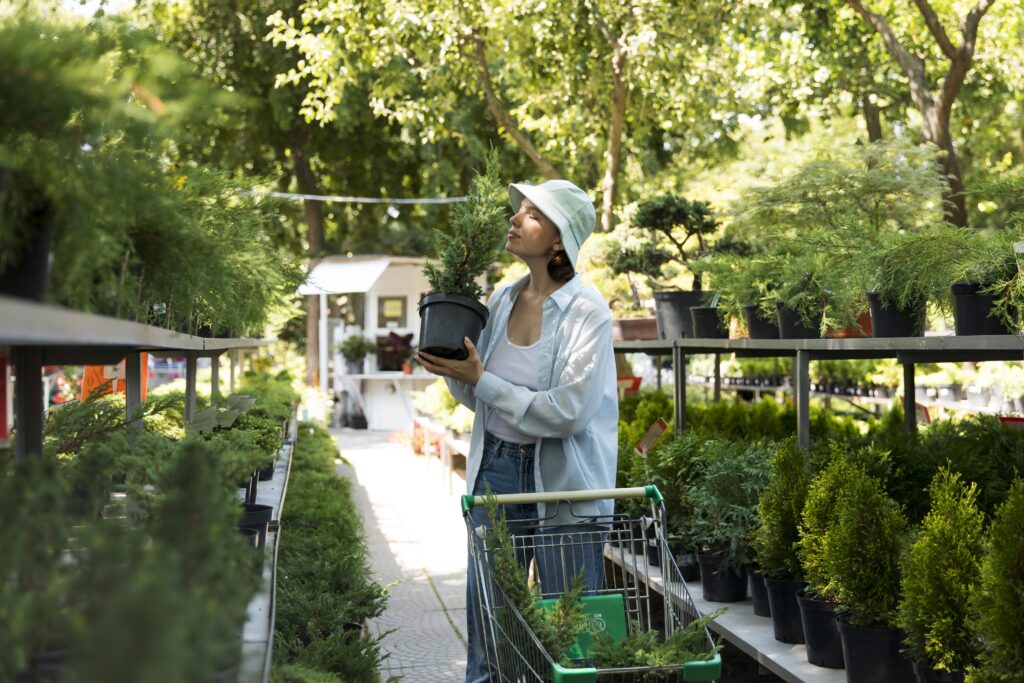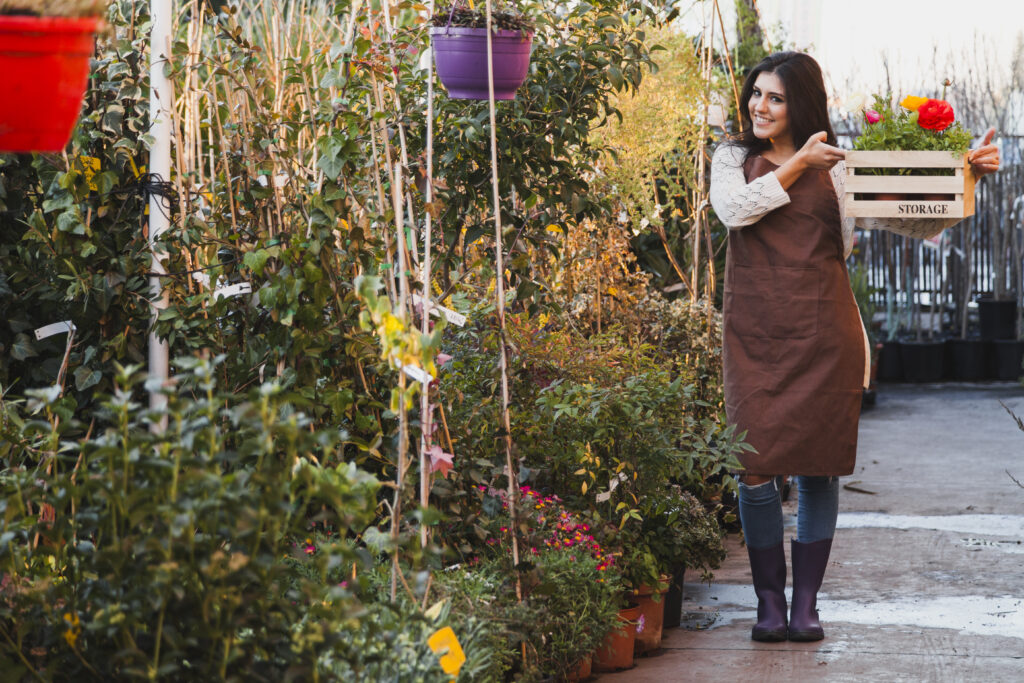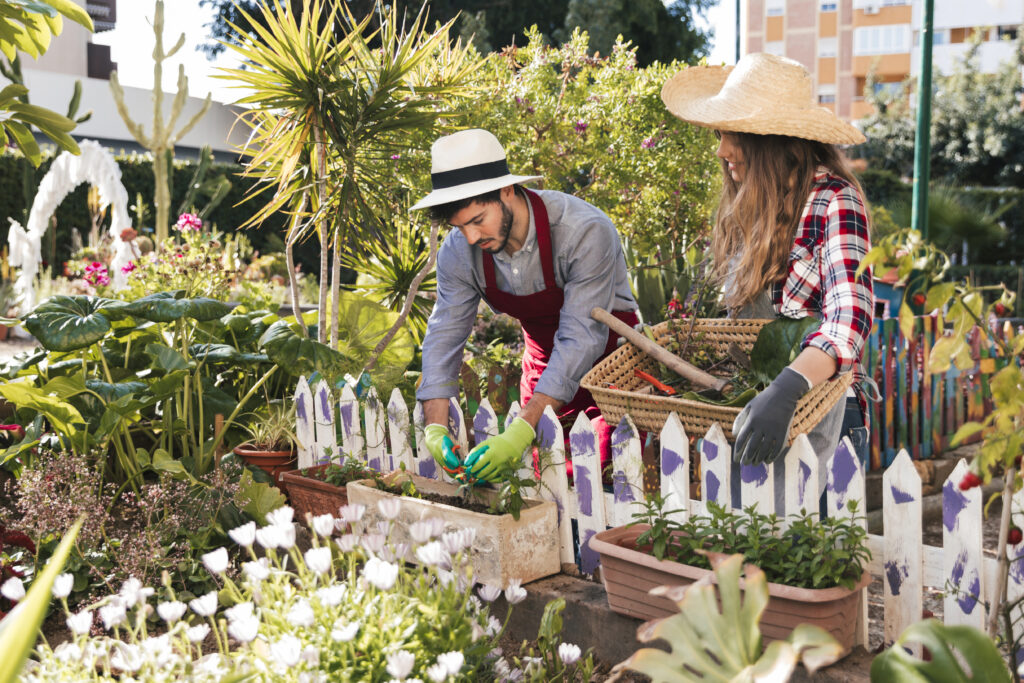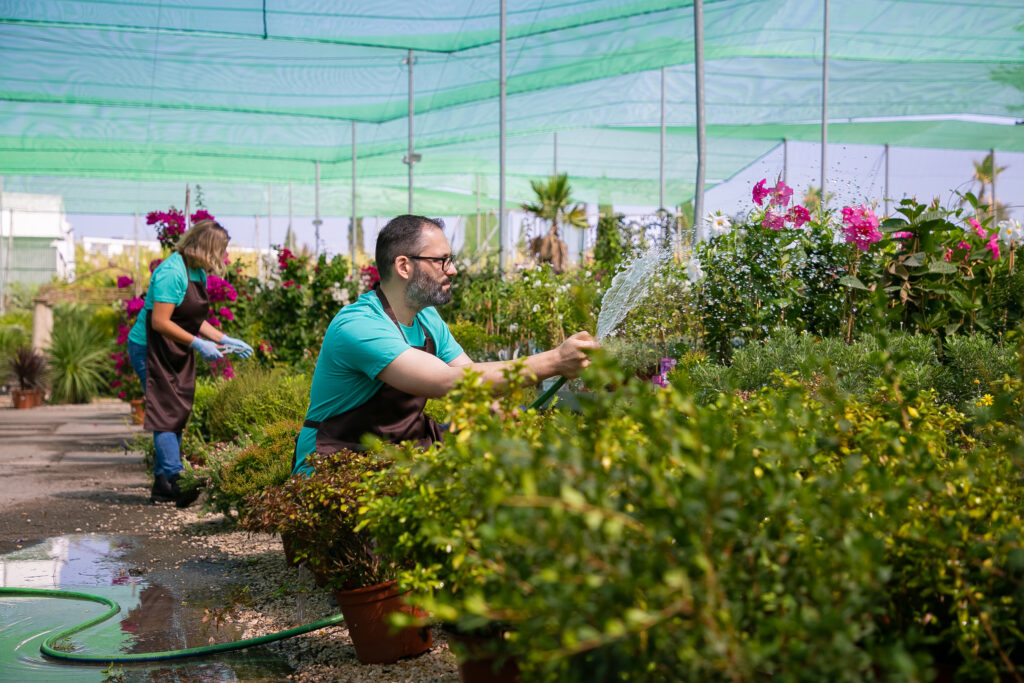✅ What is Urban Gardening?
Urban gardening refers to the process of cultivating plants, vegetables, fruits, or flowers in towns and cities where space is scarce. Rather than vast farmland, it utilizes balconies, rooftops, terraces, communal plots, or even small containers indoors.
It is gaining popularity as cities expand and people desire fresh produce, greenery, and eco-friendly living.
🏙️ Types of Urban Gardening
- Container Gardening
- Plants are cultivated in pots, buckets, or reused containers.
- Best for balconies, windowsills, rooftops.
- Typical for herbs, tomatoes, peppers, leafy greens.
- Rooftop Gardening
- Using flat building roofs to make mini gardens.
- Provides insulation, keeps heat down, purifies air.
- Vertical Gardening
- Plants on walls, trellises, or shelves.
- Conserves space, is a beauty, ideal for tiny apartments.
- Hydroponics & Aeroponics
- Soil-less farming methods.
- Plants grow in water with nutrients (hydroponics) or mist (aeroponics).
- Yields faster, ideal for indoor systems.
- Community Gardening
- Shared plots where individuals in a neighborhood farm together.
- Creates community, lowers cost, encourages local foods.
- Guerrilla Gardening
- Plants cultivation on unutilized or neglected city areas.
- Example: derelict lots, roadside corners.

🌿 Urban Gardening Advantages
Food Security: Fresh produce, fruits, and herbs.
Health & Nutrition: Organic, pesticide-free produce.
Environment: Reduces urban heat, cleans air, sequesters CO₂.
Mental Health: Lowers stress levels and improves mood.
Economic Savings: Minimizes grocery costs and can even generate income.
Community Engagement: Brings people together in cooperative gardening.
⚙️ Practices & Equipment
Rooftop or back yard raised beds.
Self-watering planters to save water.
Composting bins for recycling food waste.
Drip irrigation systems for water conservation.
Indoor gardening grow lights.
🌱 Urban Gardening Top Plants
Vegetables: Tomatoes, spinach, lettuce, cucumbers, peppers, radish.
Herbs: Basil, mint, coriander, oregano, thyme.
Fruits: Strawberries, lemon, dwarf mango, figs.
Flowers: Marigold, petunia, hibiscus, roses (for aesthetics & pollinators).

🌍 World Trends in Urban Gardening
Urban farming is no longer an amateurish pursuit—it’s going mainstream around the world. Cities such as New York, Tokyo, and Singapore are at the forefront with rooftop farms and greenhouses that supply fresh fruits and vegetables right in the heart of the city. Technology is also at the forefront: IoT-enabled smart sensors now monitor soil moisture, pH, and light to optimize gardening. Even corporates and schools are getting on board, fitting in green walls and gardens to enhance sustainability and health.
⚠️ Challenges in Urban Gardening
While it has its advantages, urban gardening has challenges. The greatest challenge is limited space within apartments. Poor air and water quality harms plants. The setup costs for hydroponics or vertical gardening are likely to be burdensome to new urban gardeners. Additionally, gardens require maintenance, and in other cities, the rules are so strict that rooftop gardening infrastructure is banned altogether.

🌟How to Start Urban Gardening
You don’t need to make your own urban garden complicated. Start small with simple plants such as mint, spinach, or cherry tomatoes. Feed your plants with organic kitchen waste compost. Choose sunny locations such as a balcony, terrace, or a window with 4–6 hours of sunlight. If there is not enough space, use vertical gardening or hydroponics. For sustainability, harvest rainwater rather than solely using taps. Finally, join a local community gardening group—you’ll get support, tips, and a sense of belonging.



